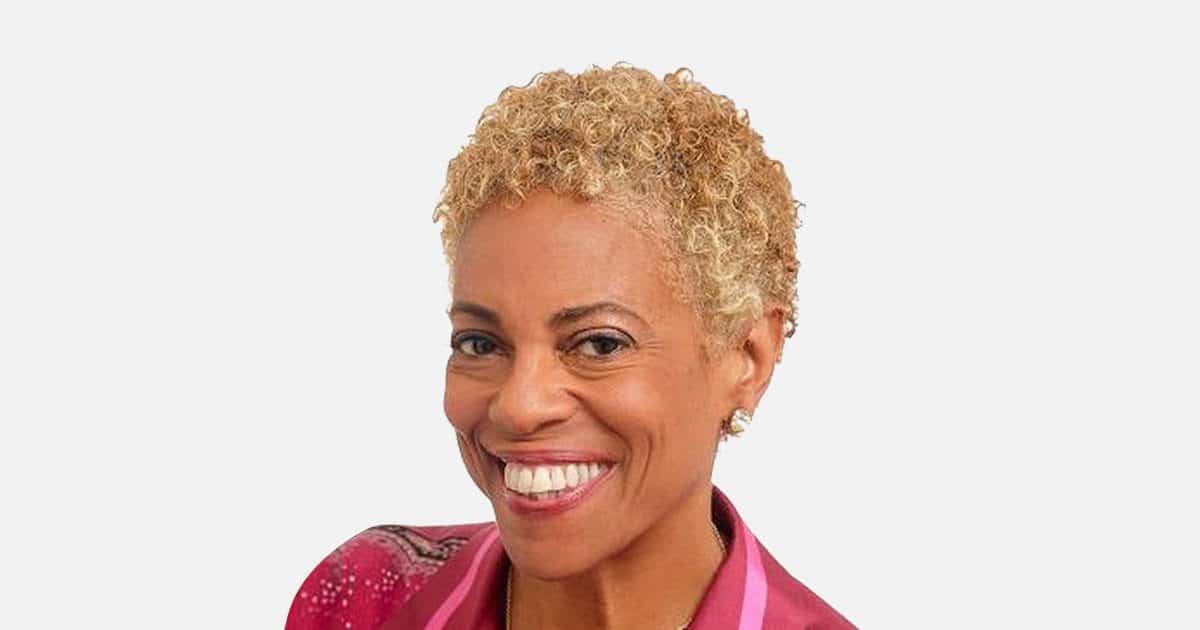How to Be an Inclusive Communicator: 10 Tips from Vernā Myers
Communication is easy—if you’re talking to yourself, says Vernā Myers, bestselling author, TED speaker, and Vice President for Inclusion Strategy at Netflix.
But when it involves other people, it can be a good deal less easy—especially for those seeking to be inclusive communicators.
So here are 12 tips from Myers that can help:
- Being an inclusive communicator is not a mistake-free process. Connecting is not about perfection. It’s about connection. If you are creating inclusion, you also have to be in the game of embarrassment and vulnerability. But it is also rich with opportunity and relationship and perspective expanding.
- Be open and ask open-ended questions. For example, don’t ask, “Are you from Asia?” Instead, try: “Tell me more about your background and experience.” Or: “Let me share who I am and then invite you to share who you are.”
- Don’t make assumptions. Treat people as individuals. You want to know that they have group identities. You want to know that they have certain proclivities or customs or cultures and so forth. But you don’t want to assume that each individual is some stereotypical representation of their group.
- Stop pretending that you know. One of the most inclusive skills is to assume you don’t know everything, to become humble and thoughtful about where your blind spots are.
- Apologize when you make mistakes and don’t use them as an excuse not to engage further.
- Small moves matter. Say hello, smile at them. Say thank you, especially to the people who are not the ones who are above you. And get people’s names right. Work on it. It makes a difference.
- Expand your dance card. “Diversity is about being invited to the party; inclusion is about being asked to dance,” says Myers. So look around the dance floor and see who’s on the wall and invite them to the middle of the floor.
- Learn unthreatening ways to solicit views. For example, what do you think about this? How could we do this differently?
- Share information about how to access resources. That’s the only way that you can make sure that your biases are not corrupting your decisions.
- Know your own culture and the culture of others. When you do this work to be inclusive around communication, you’re saying: What are the specific cultural lenses that I have, and how have they shaped the world for me and my interpretation of others? So, you’ve got to say, what is my culture telling me about the way I’m communicating and the way other people communicate?
- That means to get everyone to participate, you might need to use a variety of strategies, recognizing that some people will speak, but only if you ask them; some people want to know that you’re going to ask them to speak; some people will always find it terrifying; and some people might want to communicate by email after a meeting.
Vernā Myers spoke at the Massachusetts Conference for Women in the session: Inclusive Communication: How to Go from Well-Meaning to Well-Doing. Listen to the entire session.
